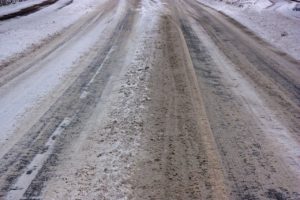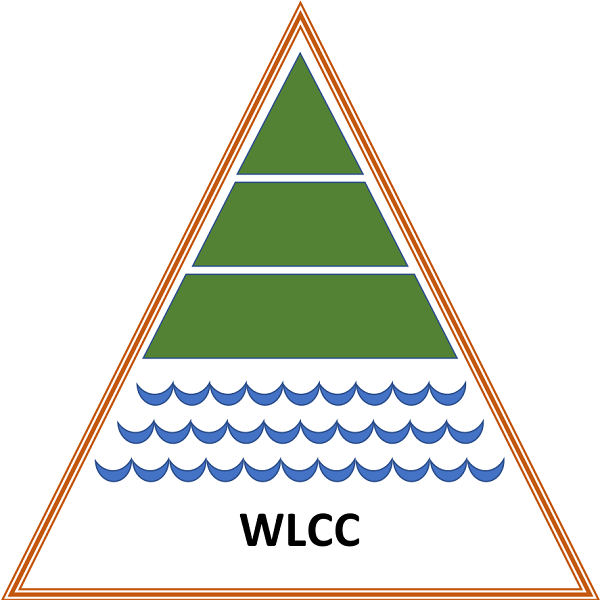Water quality measurements on Williams Lake and Colpitt Lake (Halifax, N.S.) Dec 7-13, 2015
with reference to possible impacts of road salt
Report to Williams Lake Conservation Company (WLCC)
by David Patriquin
Prof. of Biology (retired), Dalhousie University
January 6, 2016
View/Download:
- Full Report (8MB PDF)
- Lower Res Version (2MB PDF)
(Figs 1 & 3 are lower resolution)
SUMMARY
Concerns have been expressed by the Williams Lake Conservation Company (WLCC) about possible effects of renewed salting of roads close to Williams Lake on water quality of the lake. Such salting was replaced by sand and grit in the late 1980s which was maintained until January 2015 when regular salting was re-instigated.
To provide some baseline data for assessment of future changes in the limnological conditions, observations of temperature, SPC (specific conductance, a measure of salt content), DO (dissolved oxygen) and pH were made at 4 sites on Williams Lake as well as at 5 inlets and the outlet in early December 2015 using a YSI Professional Plus meter & sensor provided by the Community Based Environmental Monitoring Network at St. Mary’s University. This also allowed for comparison with a set of similar observations made in 1990/91 by R. Scott during a period when use of road salt was restricted on nearby roads. Additional observations were made on Colpitt Lake. Some observations of SPC alone were made with a Hanna 9033 Conductivity meter and sensor.
At a deep water site (~20 m) in Williams Lake sampled on Dec 7, 2015, there was an abrupt change between 7 and 9 meters depth, with very low DO in the hypolimnion (6-10% oxygen saturation at depths of 9-20 m, versus 96-98% at 7.2 m and shallower), and increased SPC at depths of 9-20 m (306-307 μS/cm) compared to values at depths of 7.2 m and shallower (278-281 μS/cm); the temperature was 5.5oC at all depths. In a healthy dimictic lake, the water has normally turned over by late fall and the deeper waters are well aerated which was the case on Nov 29, 1990. While the causes are not clear, the apparently delayed turnover and low oxygen in late 2015 raises concerns about the health of the lake and sensitivity to increased salt inputs.
Comparisons of the SPC value at the outlet on Dec 8, 2015 and chloride values for 2 samples within the lake taken by the WLCC on Aug 3, 2015 with historical data are suggestive that (i) the “background” levels of salt loading have increased since 1990/91 even with restricted salt use, and (2) renewed salting in 2015 has further increased salt loading.
Other observations illustrate the low salt content of water draining from undisturbed landscape (SPC values 34-59 μS/cm) which makes up about three-quarters of the watershed, and the significant salt loads in all streams draining developed landscapes (SPC values of 282-427 μS/cm where they enter the lakes). Governor’s Brook appears to be the single source of high salt water entering Colpitt Lake which has SPC values similar to those of Williams Lake.
While the salt carried from developed areas is diluted by flows from the large blocks of undeveloped landscape in the Williams Lake watershed, it is clear that such dilution is not sufficient to lower salt to levels of no concern.
Follow-up studies are suggested
